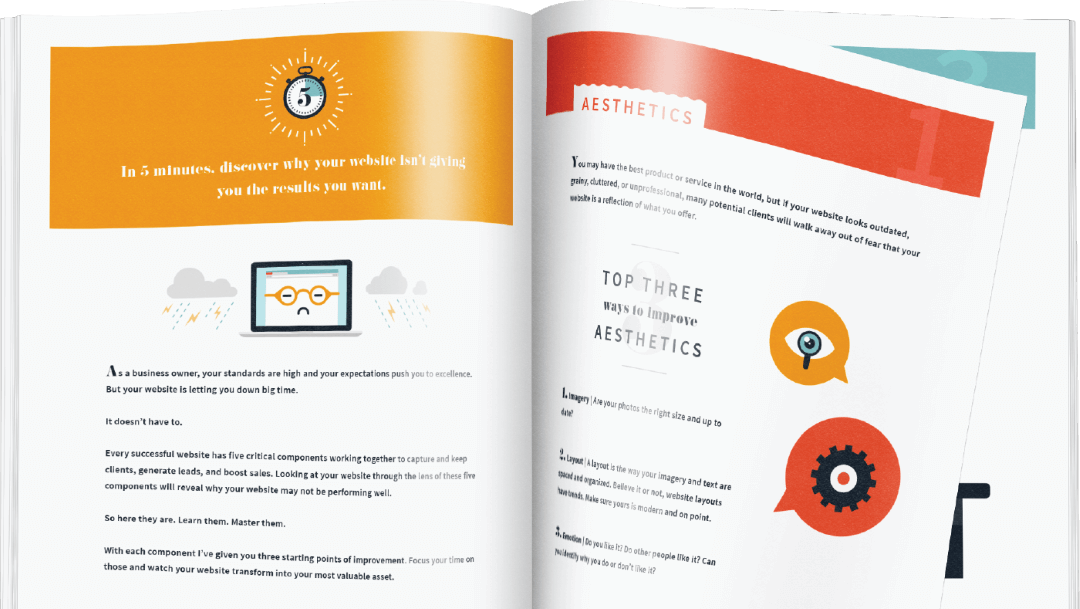One of the most common mistakes people make when putting together their portfolio is incorporating as much as they possibly can in an attempt to impress prospective clients. All too often this ends up generating the opposite effect, since the collection instead appears cluttered and disorganized. There is an ancient and considerably overused saying that is mostly overused only because it continues to be so true (especially when it comes to presenting material online): quality, rather than quantity, is what matters.
Keep it simple. Don’t drown your visitors in graphics and information. Show them examples of your work that best represent the kind of things you do — especially the things you enjoy doing and want to continue doing in the future. Never include work that you once did, but no longer offer or no longer wish to continue offering. Even if it’s literally the greatest and most beautiful thing you’ve ever put together, there’s no point in including it in your portfolio if you’re not willing to do it again. Make sure the message you send is clear. The point of a portfolio is to give your customer an idea of what they can expect, so everything found there should be relevant to your purpose.
Once you’ve narrowed down the work you wish to show so that it best represents what you do, consider how you’d like to present it. High-quality and eye-catching images are best for making an instant, visual connection. But people also like to know the stories behind things, so you might consider outlining your process. You could discuss initial concepts, early sketches, and finishing touches leading up to your final product. If possible, always begin with a presentation of the project as a whole, and then, if you’d like to expand upon that, include additional, detailed images and information.
Remember that no matter how perfect it is, your portfolio is never an entirely finished product. It’s a living thing and should change as you, yourself, advance and improve. Updates and additions should be frequent enough that you are always showcasing your latest and greatest accomplishments, just as your outdated works vanish smoothly and punctually from the page.
Other tips:
- If you’ve won any awards, had mentions in press, etc. for a specific work, this would be a good place to include them.
- Although interesting and unusual photography can be fun to look at, don’t overdo it. You don’t want to distract the customer from your actual work. (Unless, of course, you are showcasing your photography, or something similar.)
- Allowing people to share your work via social media platforms is an excellent way to accumulate some recognition. If we haven’t already included sharing options for any of the social networking sites you’d like to use, let us know!


